our first Beijing outing, and the subsequent staging ground for most of our trips, was to Tian an men square, or the square of the gate of heavenly peace. like Beijing itself, the square is much bigger than you can gather from looking at maps beforehand, and beyond its own borders it seems to merge almost seamlessly with the Forbidden City to the North.
the main attraction of the square proper is the Chairman Mao Mausoleum, which sits roughly in the center. it's free to go in, which i did, only to learn that the freeness is a scam designed to nickel-and-dime unwitting Chinese tourists to death. even after all Mao did to... sorry, for, his countrypeople, they still line up in droves to be hurried past a glass case that contains what looks suspiciously like Madame Tussaud's vision of the Chairman, draped in a Soviet flag. before going in, however, the faithful are supposed to pay ridiculous fees to leave their bags at an off-site storage facility (for security), spend three times an ordinary bus fare to buy a yellow flower to drop at the feet of Mao's statue (which flowers i'm certain are collected up and resold later), and then splash out another whole bus fee on a flimsy propaganda pamphlet. and that's all before you get to the huge shop full of the gaudiest and tackiest Mao "souvenirs" and are then ushered back out into the daylight. i can understand why the Chinese go there, but i can't really fathom why there aren't more people cursing the Chairman's infamous name than paying homage to a ridiculous statue of him. the whole time i was in there i struggled to think of someone else who had perpetrated greater crimes against his own people. in vain.
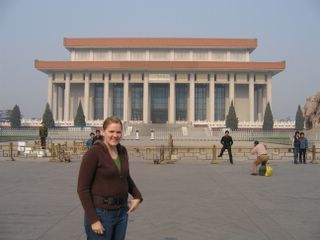
Jill stands outside the Chairman Mao Mausoleum, much oversized to match the man's ego.
so there's no love lost between Mao 'n me. but the size of his personality cult is amazing, as is the picture of him hanging over the famous Gate of Heavenly Peace. that's the same heaven, i suppose, that those practical Commos aren't supposed to believe in, unless of course they smell future earnings from tourists. most of the big tourist sites in Beijing are of a religious or some other such quality strictly anathema to the Communist credo, but they don't seem to have a big problem buying off their consciences with your dollars. in fact, there's a sense of the money grab going on everywhere, and they certainly are good at planning for future sell-outs. take the Olympics, for instance. to look around Beijing you'd think the Chinese were related to Homer and Plato, the amount of propaganda they have up about the games. the canny observer will note however, that the average "man on the street" doesn't seem to care one iota, so to speak, about les jeus, or about the official bid to bring some credibility to the otherwise integrity-bankrupt nation.

the characters in marble say Tian an men, which has been translated to mean Gate of Heavenly Peace. then there is the strange inclusion of a Tibetan monastery with the Olympic exhibits ornamenting the square.
the main attraction of the square proper is the Chairman Mao Mausoleum, which sits roughly in the center. it's free to go in, which i did, only to learn that the freeness is a scam designed to nickel-and-dime unwitting Chinese tourists to death. even after all Mao did to... sorry, for, his countrypeople, they still line up in droves to be hurried past a glass case that contains what looks suspiciously like Madame Tussaud's vision of the Chairman, draped in a Soviet flag. before going in, however, the faithful are supposed to pay ridiculous fees to leave their bags at an off-site storage facility (for security), spend three times an ordinary bus fare to buy a yellow flower to drop at the feet of Mao's statue (which flowers i'm certain are collected up and resold later), and then splash out another whole bus fee on a flimsy propaganda pamphlet. and that's all before you get to the huge shop full of the gaudiest and tackiest Mao "souvenirs" and are then ushered back out into the daylight. i can understand why the Chinese go there, but i can't really fathom why there aren't more people cursing the Chairman's infamous name than paying homage to a ridiculous statue of him. the whole time i was in there i struggled to think of someone else who had perpetrated greater crimes against his own people. in vain.

Jill stands outside the Chairman Mao Mausoleum, much oversized to match the man's ego.
so there's no love lost between Mao 'n me. but the size of his personality cult is amazing, as is the picture of him hanging over the famous Gate of Heavenly Peace. that's the same heaven, i suppose, that those practical Commos aren't supposed to believe in, unless of course they smell future earnings from tourists. most of the big tourist sites in Beijing are of a religious or some other such quality strictly anathema to the Communist credo, but they don't seem to have a big problem buying off their consciences with your dollars. in fact, there's a sense of the money grab going on everywhere, and they certainly are good at planning for future sell-outs. take the Olympics, for instance. to look around Beijing you'd think the Chinese were related to Homer and Plato, the amount of propaganda they have up about the games. the canny observer will note however, that the average "man on the street" doesn't seem to care one iota, so to speak, about les jeus, or about the official bid to bring some credibility to the otherwise integrity-bankrupt nation.

the characters in marble say Tian an men, which has been translated to mean Gate of Heavenly Peace. then there is the strange inclusion of a Tibetan monastery with the Olympic exhibits ornamenting the square.
nevertheless, i do have to give some credit to the Olympic planners for the clever names they gave to the five mascots. there's a beibei, a jingjing, a huanhuan, a yingying and a nini, all different colored bear-like animals. if you take just one of the syllables from each name and put it together, you get beijing huanying ni, which means "Beijing welcomes you". okay it may well be that the names are less clever than i think i am for figuing that out, but you can make your own mind up about that.
across the main street to the North of the square stands the Tian an men itself, which is, to my mind, the symbol of Beijing today. adorned with Mao's image it, like the Forbidden city beyond and all else in this part of town, is heavily guarded by very young-looking men in shockingly ill-fitting and ragged uniforms. or multiforms, since there are so many different official security services with a hand in ensuring your safety.
across the main street to the North of the square stands the Tian an men itself, which is, to my mind, the symbol of Beijing today. adorned with Mao's image it, like the Forbidden city beyond and all else in this part of town, is heavily guarded by very young-looking men in shockingly ill-fitting and ragged uniforms. or multiforms, since there are so many different official security services with a hand in ensuring your safety.
our visit to Uncle Mao at the Heavenly Peace Gate, and various scenes from inside the Forbidden City that lies beyond.
the gate is quite impressive, but not like the sprawling Forbidden City behind it. it would literally take a day or more to explore the whole vast campus, even allowing for the number of buildings that were shut down for Olympic refurbishing. these included the biggest and most important ones, of course, so we were able to race through in a comparatively scant few hours. it really is a city in there, though no actual Chinese people were ever allowed in there while the emperors were still around. quite a playground, and one that the new Communist emperors wisely stayed out of, giving the overwhelming bourgeois connotations of the place. nevertheless, they now all live in what is often referred to as the New Forbidden City, Zhongnanhai, right next door. that and much more on the apparent contradictions in official communist policy still to come.







































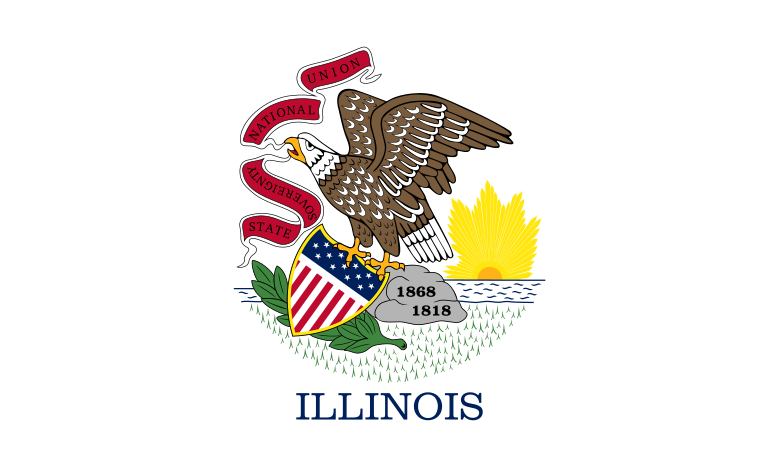




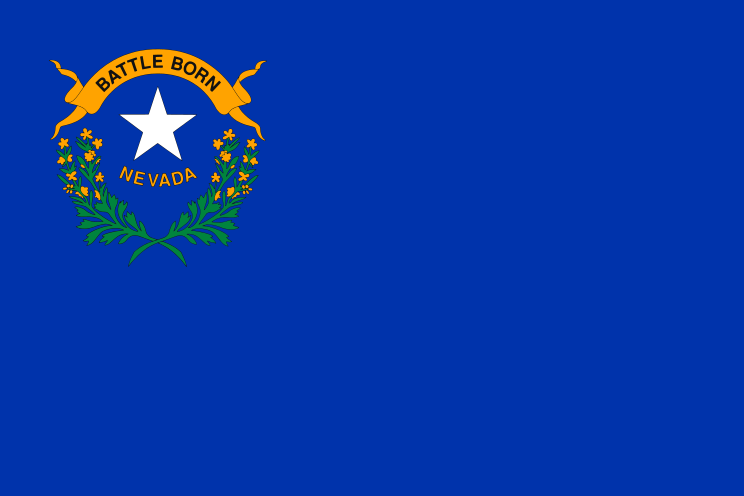




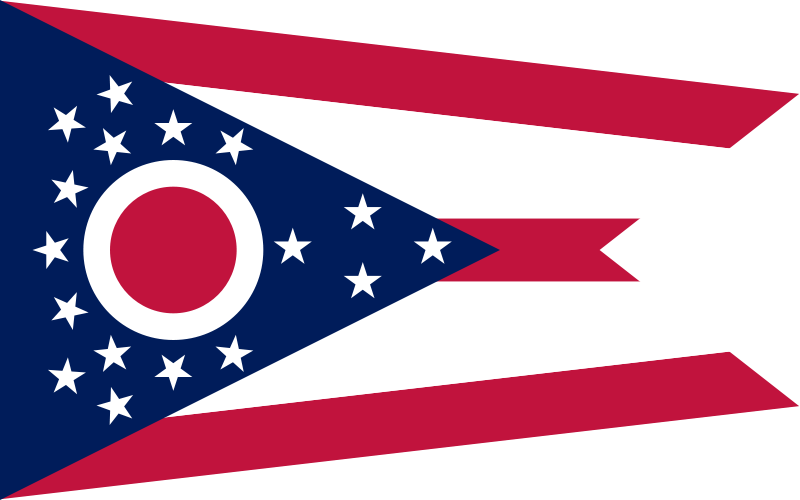

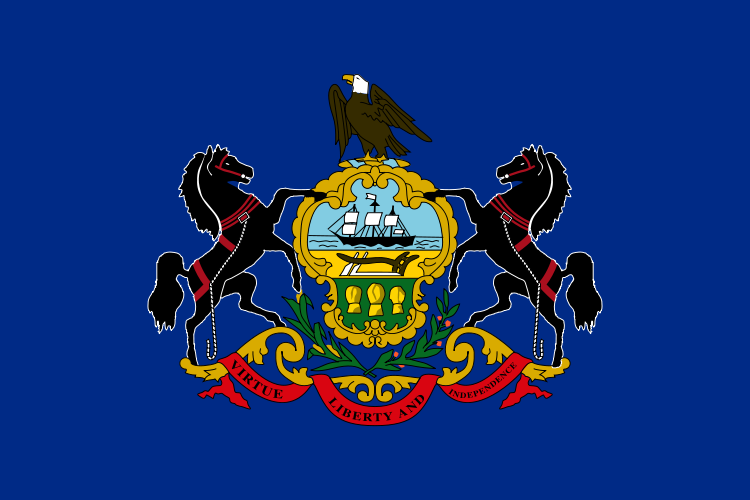





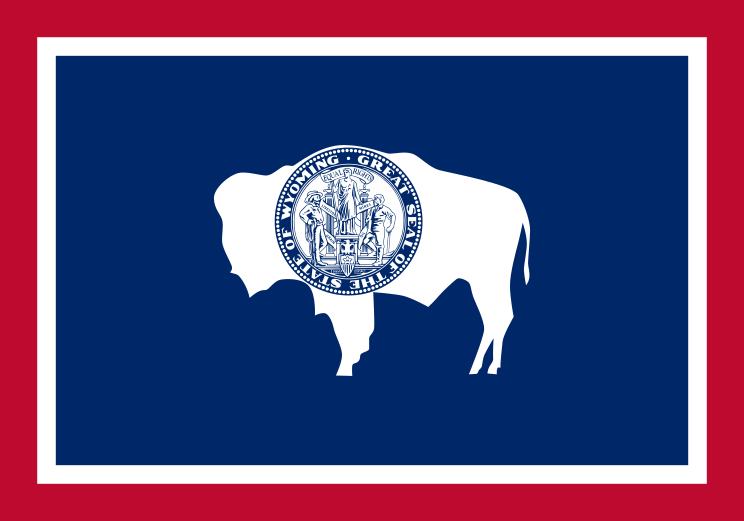
No comments:
Post a Comment